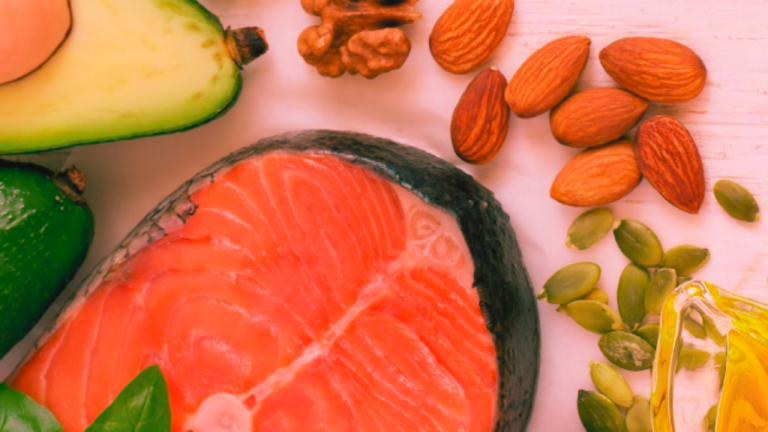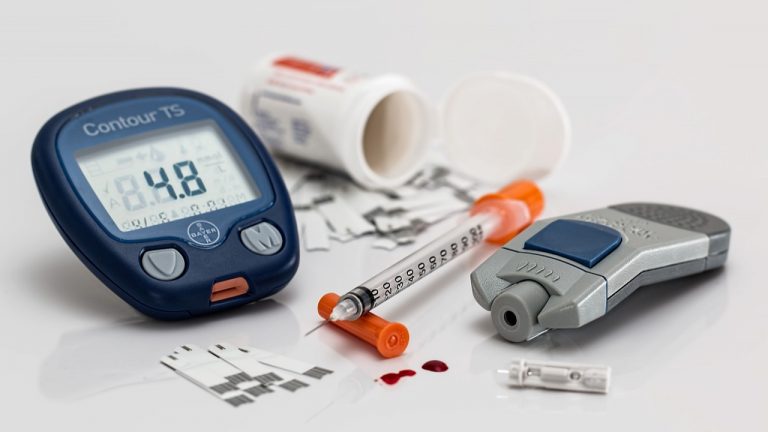What is the Difference Between Coagulation in Egg Yolks and Egg Whites?

Coagulation is the process by which a liquid changes into a gel-like or solid state. It is a common phenomenon that occurs in various culinary applications, including when cooking eggs. The coagulation of egg yolks and egg whites differs due to differences in their protein composition.
Egg yolks contain proteins such as lipoproteins and phosphoproteins. When heat is applied to egg yolks, these proteins denature or unfold, and then re-form new bonds with each other, resulting in the thickening or coagulation of the yolk. This is what gives custards and sauces made with egg yolks their thick and creamy texture when cooked.
On the other hand, egg whites, or egg albumen, contain a different set of proteins, including ovalbumin, conalbumin, and lysozyme. When heat is applied to egg whites, these proteins also denature and re-form new bonds with each other, but the resulting coagulation is different from that of egg yolks. The proteins in egg whites create a network-like structure that traps water, resulting in the solidification or coagulation of the egg whites, forming a solid mass with a rubbery texture.
The differences in protein composition and coagulation properties between egg yolks and egg whites are responsible for their distinct textures and characteristics when cooked. Egg yolks tend to create a creamy, smooth texture, while egg whites form a solid, rubbery texture. This is why egg yolks are often used in custards, sauces, and baked goods for their thickening properties, while egg whites are used for their ability to create structure and volume in dishes such as meringues and soufflés.



